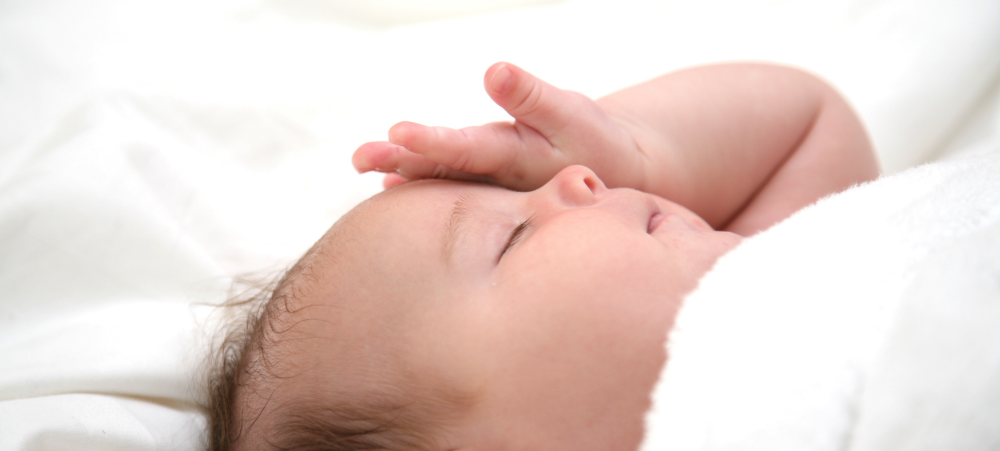According to the CDC [1], every year about 3,500 babies die from sudden unexpected infant deaths (SUIDs). While we still don’t know that much about it, it has been shows that practicing safe sleeping habits can reduce the risk greatly.
Findings published by the journal Pediatrics [2], shows that many parents do not follow any of the safe sleeping practices that are well-known to reduce the risk of SUIDs and sudden infant death syndrome (SIDS). The number one rule being to put your baby to sleep on her back.
Here are the a few main safe sleeping practices:
1. Put your baby to sleep on her back, at the very least until their 1st birthday. This counts for both night time sleeping, as well as naps. It has been shown over and over that babies that sleep on their backs are much less likely to die from SIDS than babies that sleep on their stomach. Even if your baby suffers from gastroesophageal reflex, it is still better to have her sleep on her back.
2. A firm sleeping surface is a safe sleeping surface. Always use a firm sleeping surface that adheres to the safety guidelines as set out by the Consumer Product Safety Commission (CPSC) [3]. Firm means that there should be no indent when the baby is lying on it. Also always make sure to use tight-fitting sheets, designed for the specific product that you are using. Also make sure never to put your baby to sleep on soft objects like pillows, couches, sofas, etc. Click here for more information on improving the sleeping habits of your baby.
3. Share a room (at least for the first 6 months). Ideally for the 1st year of your baby’s life, you should place the crib, bassinet, or whichever sleeping product you are using, in your bedroom close to you. According to the American Academy of Pediatrics (AAP) [4], this alone can reduce the risk of SIDS with as much as 50%. Side-bonus, it makes night-time feeding and comforting a lot easier.
4. Breast is best. Another finding by the AAP [4] shows that breastfed babies have a much lower risk of dying from SIDS.
5. Consider using a pacifier for naps and bedtime. While the mechanics of this is still unknown, studies have reported that offering a pacifier to your baby when they go to sleep lowers the risk of SIDS. Even if the pacifier falls out during the night. It does not need to be reinserted once it falls out.
6. Avoid smoking, alcohol and drug exposure during pregnancy and after birth. We think this one speaks for itself, but all these factors have shown increased risk of SIDS.
These are just 6 of the guidelines for safe sleeping. We highly recommend you to read some of the great studies, like the one done by the AAP [4].
[1] https://www.cdc.gov/sids/about/index.htm
[2] https://pediatrics.aappublications.org/content/early/2019/10/17/peds.2019-1286
[3] https://www.cpsc.gov
[4] https://pediatrics.aappublications.org/content/138/5/e20162938
They have invested in extensive research in order to understand how certain types of classical music stimulates brain development.This research allowed them to develop their own unique formula consisting of a number of key elements that, when effectively combined, create a special series of classical music.
Majors for Minors is the recipient of the cherished USA Parent’s Choice Award, a seal given on the basis of the production, entertainment and human values they exemplify.A Parents' Choice Approved seal indicates a wholesome product that helps children enjoy developing physical, emotional, social or academic skills.
- The amazing benefits of hugging your baby - November 27, 2023
- Safe sleeping practices for babies - January 10, 2020
- Playing music to help your baby sleep - December 4, 2019





